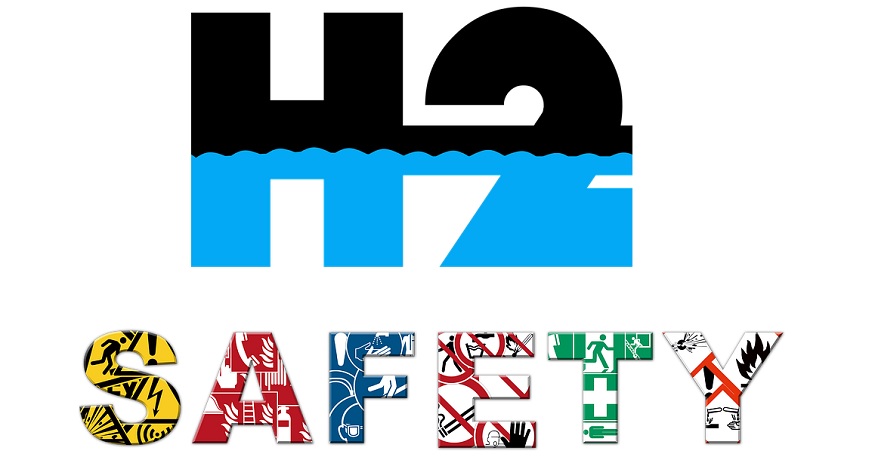
Hydrogen safety: busting the myth that hydrogen is more dangerous than gas
October 24, 2019Hydrogen could be key to a carbon-free future, but is it safe?
In spite of decades of mounting scientific research that shows using hydrogen (H2) power can be a safe, clean and sustainable option to help decarbonize our world, many people are still concerned about hydrogen safety. Mention “hydrogen fuel” or “hydrogen gas” to some, and they’ll immediately call to mind the Hindenburg disaster or imagine an H bomb mushroom-cloud explosion.
If hearing or seeing the word “hydrogen” (H2) leaves you quaking in your boots, you might be wondering why many of the world’s scientists, governments and industry leaders are pushing for the research and development of this “dangerous” technology.
The reality is that, although not an energy source in itself, hydrogen is an excellent energy carrier. This makes it ideal in transporting useful energy to users, such as using H2 for a variety of industrial applications (e.g. material handling equipment), for delivering heat and power to commercial buildings and homes, and for providing power to vehicles (e.g. cars, buses, trucks, trains, marine vessels).
Additionally, hydrogen can be stored in large amounts, it can be produced from almost any energy source, and its only byproducts when burned is water and heat. Since this is the case, if hydrogen happens to be produced via a renewable energy method (e.g. wind or solar that powers electrolysis), then from its production to its use, it is a total zero-emission fuel, commonly known as renewable or green hydrogen.
As such, large-scale development and use of green hydrogen could play a key role in helping to combat climate change, among other eco and economic benefits.
The Hindenburg disaster was not caused by hydrogen.
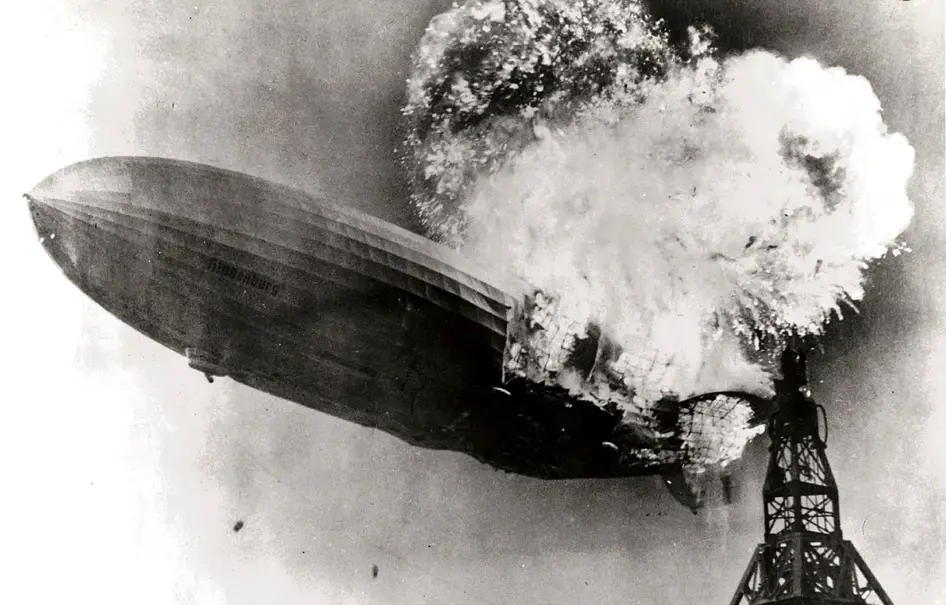 Green hydrogen benefits aside, one of the common myths that lead to some questioning H2 safety is the notorious Hindenburg disaster, which occurred in New Jersey, back in 1937.
Green hydrogen benefits aside, one of the common myths that lead to some questioning H2 safety is the notorious Hindenburg disaster, which occurred in New Jersey, back in 1937.
After decades long debate and research, it is now believed that while the German passenger airship was docking during an electrical storm on the fateful day of the explosion, an electrical discharge from the clouds ignited the skin of the airship. This resulted in the ship’s hydrogen bags igniting.
However, what caused the large and deadly fire was not the hydrogen, which burned rapidly and safely above the ship’s occupants, but the dark iron oxide and reflective aluminum paint that coated the ship’s surface. Those components were highly flammable and burned at a high energetic rate once they caught fire.
H2 Safety: Chemical reaction vs. nuclear reaction
Hydrogen has long been confused with the infamous “hydrogen bomb,” leaving many to doubt hydrogen safety and erroneously believing that hydrogen-powered cars are nothing more than an H Bomb on wheels.
This couldn’t be further from truth. The hydrogen used for renewable energy purposes in today’s society is the most common hydrogen isotope, Protium. On the other hand, the technology that is required to create an atomic-level blast involves the very rare hydrogen isotope, Tritium. This isotope is not only radioactive, but it doesn’t occur naturally and is created by a conventional nuclear reactor or lithium.
In order to create the catastrophic “hydrogen bomb” explosion, both Tritium and extreme heat of 100+ million degrees created from the detonation of a nuclear fission bomb, are required.
Needless to say, this rare, unnatural and radioactive technology bears no resemblance to the simple chemical reactions associated with the Protium hydrogen isotope that is used in the current production, storage and distribution of hydrogen in everyday society.
Is hydrogen fuel safe compared to gasoline?
The short answer is: yes, hydrogen is safe. Of course, this doesn’t mean that it can’t be dangerous, but any fuel can be hazardous under the right circumstances, which is why all fuels should be handled with care, hydrogen included.
That being said, hydrogen hazards are different and typically more tractable than hazards resulting from hydrocarbon fuels, such as natural gas and gasoline.
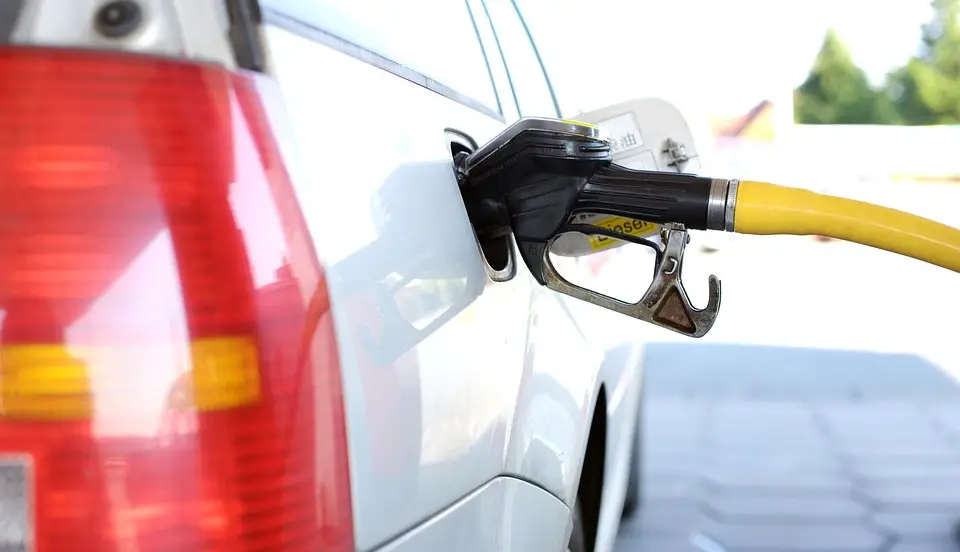 According to the 2003 White Paper called “Twenty Hydrogen Myths,” by American physicist and Chairman/Chief Scientist of the Rocky Mountain Institute, Amory B. Lovins, hydrogen is exceptionally buoyant and is 14.4 times lighter than air.
According to the 2003 White Paper called “Twenty Hydrogen Myths,” by American physicist and Chairman/Chief Scientist of the Rocky Mountain Institute, Amory B. Lovins, hydrogen is exceptionally buoyant and is 14.4 times lighter than air.
Lovins notes that hydrogen “is also four times more diffusive than natural gas or 12 times more than gasoline fumes, so leaking hydrogen rapidly disperses up and away from its source.”
What’s more, he says that if hydrogen were ignited, it burns quickly with a nonluminous flame. This flame cannot readily scorch a person at a distance as it emits only one-tenth the radiant heat of a hydrocarbon fire and burns 7% cooler than gasoline. In fact, to speak further to hydrogen safety compared to gasoline safety, typically, victims of hydrogen fires are not typically burned unless they are actually in contact with the flame. Furthermore, they’re also not choked by smoke.
Lovins also references a videotaped demonstration that compares a hydrogen car fire with a gasoline car fire. What the demonstration shows is that the hydrogen fire resulted in a vertical flame plume. This flame increased the vehicle’s interior temperature by a maximum of 1 – 2 degrees Fahrenheit, while the outside temperature closest to the flame was no hotter than what a car experiences from sitting directly in the sun. Additionally, the passenger compartment was unharmed. However, in the second test involving gas, the gasoline fire gutted the car and would have killed anyone trapped inside.
Hydrogen powered cars surpass standard mandated crash tests with flying colors.
Worried that if you were in a hydrogen car crash that the vehicle will explode? You can put your worries to rest because today’s hydrogen fuel cell-powered vehicles, such as Toyota’s Mirai and Hyundai’s NEXO, have been put through crash tests and have passed these tests with top honors.
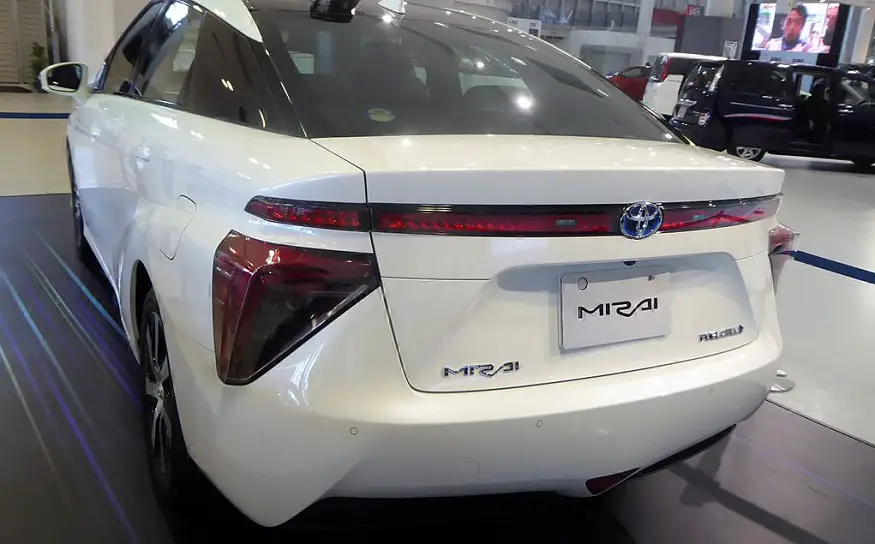 Forbes reported that the Mirai’s fuel tank not only passed standard mandated crash tests, but the company’s engineers reportedly took a step further to test the car’s safety by firing bullets at the tank to check its integrity. According to Toyota, the Mirai’s tank is “safer than a conventional fuel tank” due to its multiple safeguards and “extra-thick” carbon fiber.
Forbes reported that the Mirai’s fuel tank not only passed standard mandated crash tests, but the company’s engineers reportedly took a step further to test the car’s safety by firing bullets at the tank to check its integrity. According to Toyota, the Mirai’s tank is “safer than a conventional fuel tank” due to its multiple safeguards and “extra-thick” carbon fiber.
Likewise, Hydrogen Fuel News reported that the NEXO FCEV SUV was given the Top Safety Pick+ honor by the Insurance Institute for Highway Safety (IIHS), after undergoing its rigorous crash test, proving that the vehicle is extremely safe.
The truth about hydrogen safety.
Ultimately, hydrogen is no more or less dangerous than other flammable fuels including natural gas and gasoline. In some cases, what makes hydrogen different from those hydrocarbon fuels actually leads to it having greater safety benefits over gasoline and natural gas.
Still, like all flammable fuels, H2 must be handled responsibly or it can behave dangerously under specific conditions. For this reason, it is imperative that appropriate materials are selected to design safe hydrogen systems.
After years of numerous testing of hydrogen systems – including tank leak tests, hydrogen tank drop tests, garage leak simulations and beyond – the results of these tests reveal that the truth of the matter is, this clean alternative fuel can be safely produced, safely stored, and safely dispensed.
Today, hydrogen safety is not a myth.


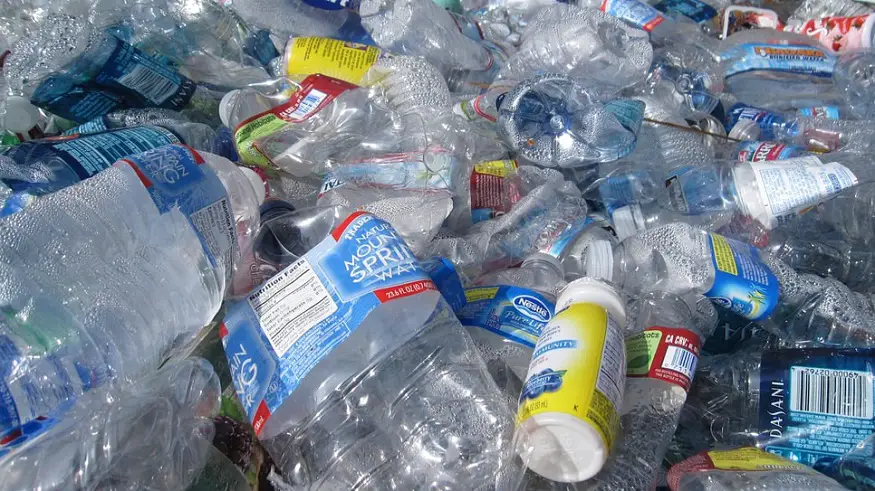
 HFN News is your leading source for fresh hydrogen and renewable energy updates. Amid the fast-paced growth of hydrogen companies, we provide top-notch news and insights about this exciting sector. Our coverage spans from hydrogen cars to global sustainable initiatives, and we highlight the latest in green jobs and developing hydrogen hubs. We invite you to share your local hydrogen news and explore today’s renewable energy job listings on our site. Thanks for choosing HFN News as your trusted guide to the hydrogen and renewable energy world!
HFN News is your leading source for fresh hydrogen and renewable energy updates. Amid the fast-paced growth of hydrogen companies, we provide top-notch news and insights about this exciting sector. Our coverage spans from hydrogen cars to global sustainable initiatives, and we highlight the latest in green jobs and developing hydrogen hubs. We invite you to share your local hydrogen news and explore today’s renewable energy job listings on our site. Thanks for choosing HFN News as your trusted guide to the hydrogen and renewable energy world!
Any chance of a report on “Metrol” the liquid hydrogen fuel developed by Roy McAllister and American Hydrogen Soc?
This liquid hydrogen fuel could be a game changer for converting internal combustion engines to run on hydrogen fuel.
Robert–
I took a look at the Metrol pages, and I hate to say that it sounds like snake oil.
Most importantly, they do not provide a chemical formula for Metrol®.
They say “Metrol® is made by combining hydrogen with nitrogen and carbon dioxide from the air, not unlike other nitrogenous compounds similar to ammonia [NH3] or urea [CO(NH2)2].”
They also talk about burning Metrol® in “an internal combustion engine”. Any combustion engineer know that upon combustion, nitrogen in fuel turns stoichiometrically into NOx, which is a BAD pollutant.
IMHO, when you start from a position of hope and supposition, as with Metrol®, that is not sound engineering practice.
And to be snarky for a moment, who gets a registered trademark for an unnamed, “special” fuel that purports “special” properties?
If you can tell me what Metrol® is, I can provide an educated opinion on its suitability for use in fuel cells and internal combustion engines.
Best,
–Keith
@KeithDPatch
Excellent work! Thanks for helping “un-spook” the herd!!!
Stan the Energy Man Kailua, Hawaii
It’s well written but unfortunately incomplete. It gives only one side of the story. It’s good to highlight the advantages of using hydrogen, but hazards also needs to be clearly defined to avoid misinformation.
Hydrogen flammability range is wider than for any hydrocarbon. This combined with its low minimum ignition energy makes it very likely to ignite once released (resulting in jet fire and/or explosion). One should also keep in mind that hydrogen cloud can under certain circumstances detonate, even in open air, resulting in devastating consequences on the long range. It’s not worse than for gasoline for instance, it’s just different risks.